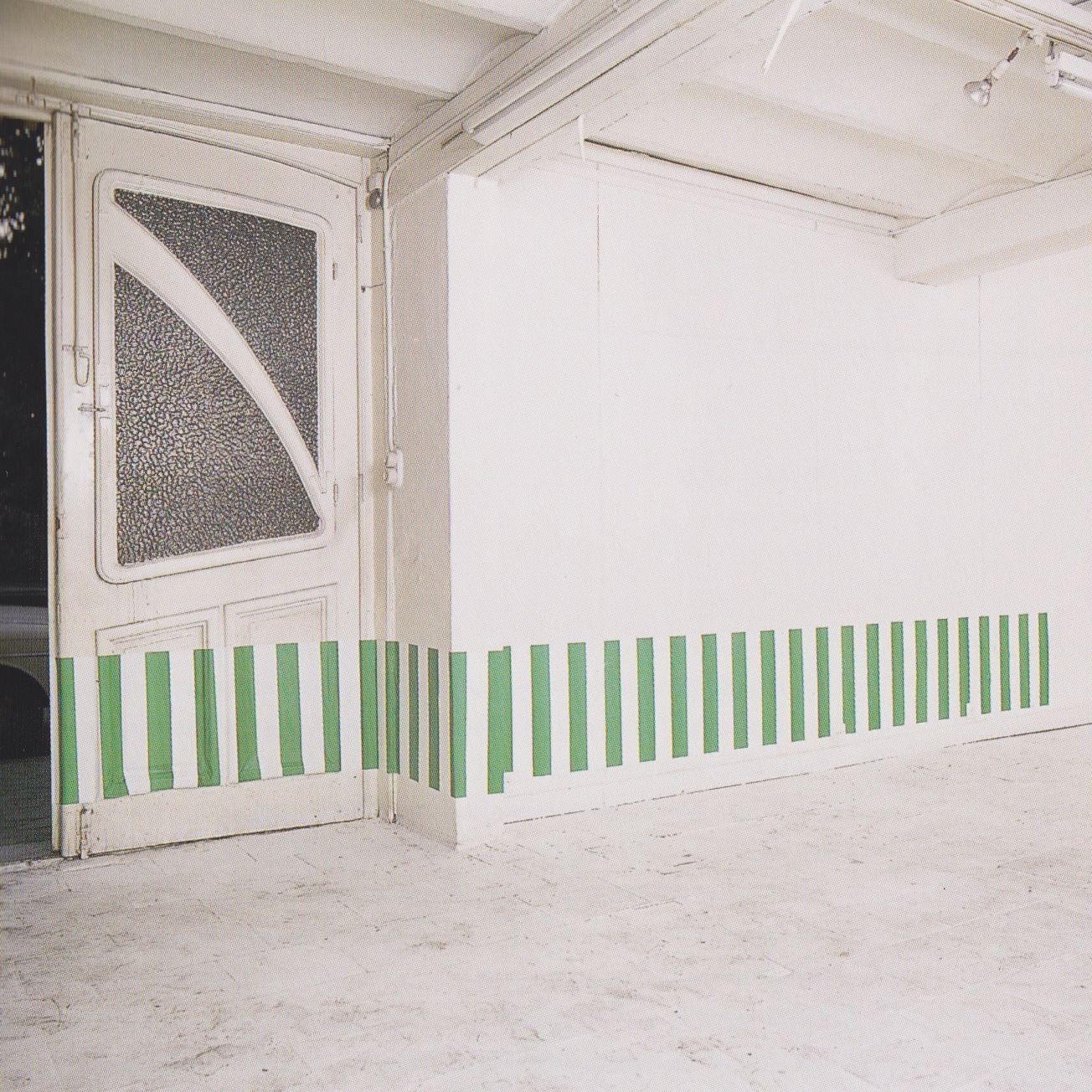Having invented his Barre de petit bois ronde, Andre Cadere did not need to invent
anything else. This one device was sufficient for his intention. It allowed him
to intervene at any point in the gallery system and it allowed him to walk away
at any time from the same system.
This situation is dramatised within the Barre itself: a sequence of colours is
interrupted by one colour out of sequence, a context is established and then
disrupted. With this, we have the full content of the Barres. They are not aesthetic objects: it would make no sense to
compare them or to prefer one to another. In Cadere’s absence, the Barre remains emblematic of its maker’s
freedom, of a critical intervention or distance.
In a similar way, Buren’s stripes were enough
for his critical and installational purpose. He did not need a different device
for each occasion. Indeed, to have used another motif would have been
counter-productive. It would have introduced the possibility of comparison
between works, or a chance for the exercise of aesthetic judgement. In Buren’s
case, it is not the motif but its placement that is at issue, and for this
purpose one motif is enough.

